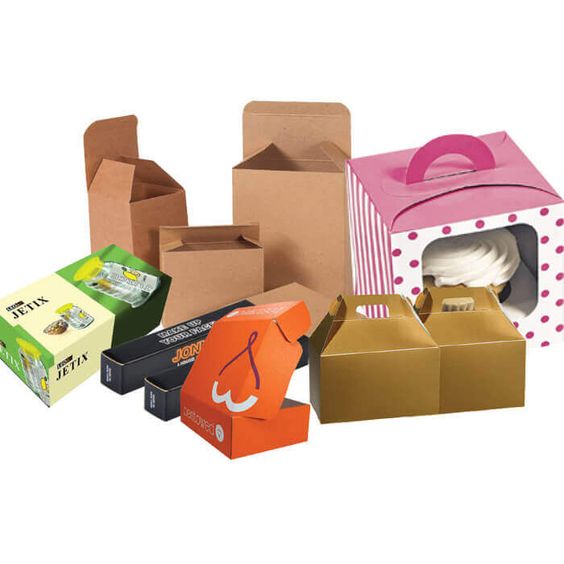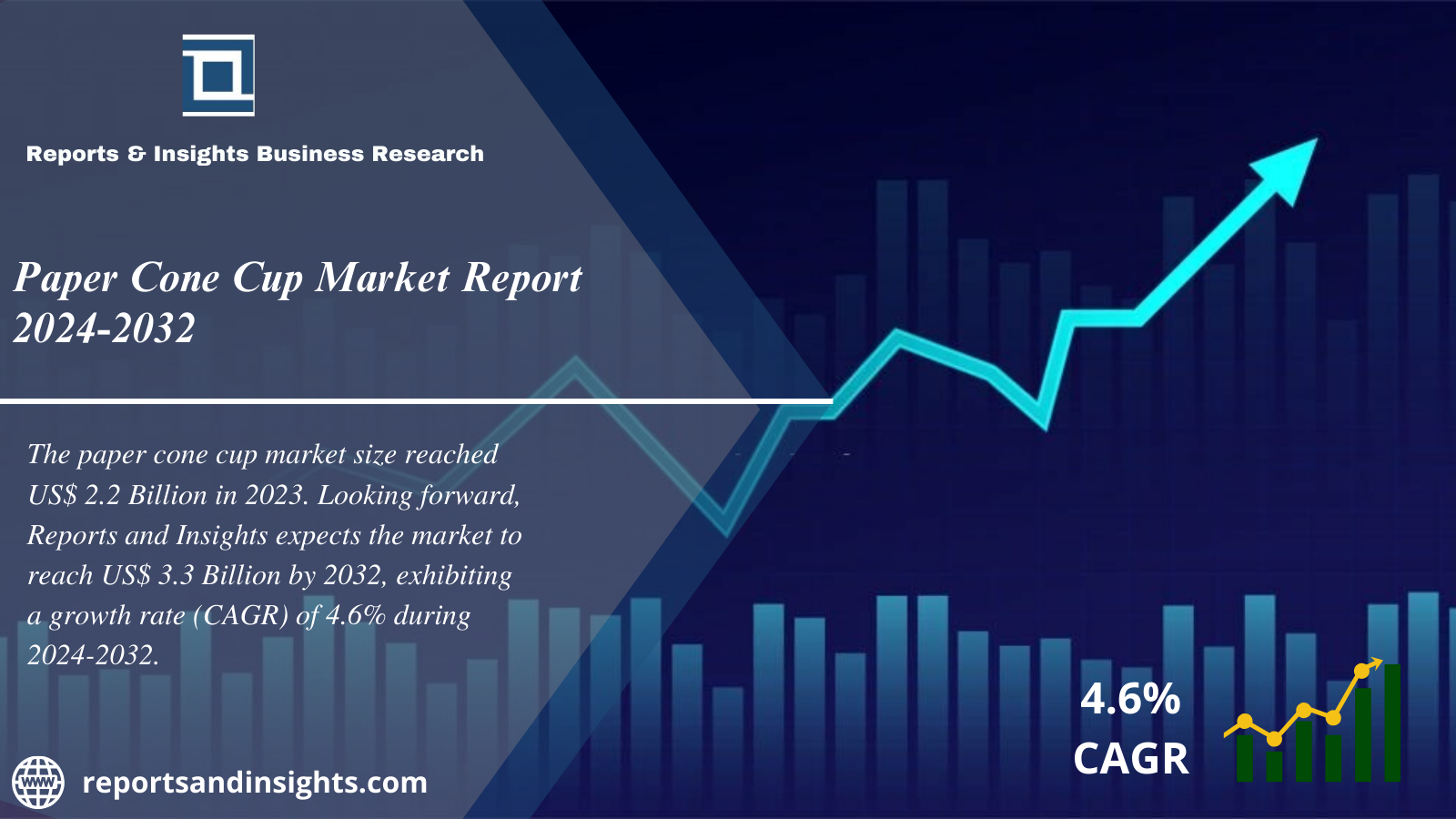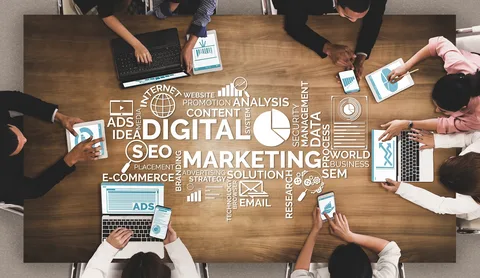In today’s competitive retail environment, the packaging of products plays a crucial role in branding, customer attraction, and ultimately, sales. Retail boxes are not just containers for storing and protecting products; they are a pivotal part of the marketing mix that influences consumer behaviour and brand perception. This article explores the evolution, importance, and future trends of retail boxes in the dynamic retail industry.
The Evolution of Retail Boxes
The history of retail packaging is as old as trade itself, but significant changes have occurred over the decades, especially with the advent of modern marketing and consumerism. Initially, packaging was primarily utilitarian, designed just to contain and protect products. However, as markets expanded and competition increased, businesses began to recognize the power of packaging as a tool for brand differentiation and consumer engagement.
In the early 20th century, with the rise of mass production and advertising, companies started to design distinctive packages to attract consumers and create brand identity. The 1950s and 60s saw the emergence of graphic design in packaging, with bright colors and logos becoming part of the product appeal. Today, the design and functionality of retail boxes have evolved into a sophisticated discipline that combines aesthetics, materials science, logistics, and environmental considerations.
Importance of Retail Boxes in Marketing
1. Branding: Retail boxes are a physical representation of a brand. They carry the brand colors, logo, and other stylized graphics that reinforce brand identity. Well-designed packaging can increase brand recognition and loyalty, making it a vital part of the marketing strategy.
2. Consumer Attraction: First impressions matter immensely in retail, and often, the packaging is the first interaction a consumer has with a product. An attractive retail box can make a product stand out on a crowded shelf and can significantly influence purchasing decisions.
3. Informational Role: Packaging also serves an informational role, providing critical details about the product, such as usage instructions, ingredients, and nutritional information. This information can help sway consumers who are comparing multiple products.
4. Protection and Convenience: Beyond aesthetics, retail boxes must ensure the physical protection of the product during shipping, handling, and display. They also add convenience for consumers in terms of transport and storage.
Current Trends in Retail Box Design
1. Sustainability: With increasing awareness of environmental issues, more companies are adopting eco-friendly practices in their packaging. This includes using recyclable materials, reducing packaging layers, and designing for easier disassembly.
2. Technology Integration: Technological advancements are being integrated into packaging. QR codes, NFC chips, and AR codes are becoming common. These technologies enhance consumer engagement by linking to digital content, offering virtual try-outs, and providing additional product information.
3. Personalization: The rise of digital printing has made it easier for brands to create personalized packaging. This can range from featuring the consumer’s name on the box to designs that appeal to specific demographic segments.
4. Minimalism: The trend towards minimalism in packaging reflects a broader cultural shift. Simple, clear packaging not only appeals to the modern aesthetic but also communicates honesty and transparency about what the consumer is buying.
The Future of Retail Boxes
As we look towards the future, several emerging trends are set to shape the evolution of retail packaging further. Biodegradable materials are becoming more prevalent, driven by both consumer demand and regulatory changes. The integration of smart technology in packaging is likely to grow, with innovations that could include enhanced freshness indicators for food products, or packages that change color when exposed to certain conditions.
Furthermore, as e-commerce continues to grow, there is an increasing need for packaging that is optimized for shipping rather than shelf display. This shift poses new challenges and opportunities for package design, focusing more on durability and the unboxing experience.
Conclusion
Retail boxes are a critical element of the consumer experience and a powerful marketing tool for brands. As the market evolves, so too does the approach to packaging design, with an increasing emphasis on sustainability, technology, and consumer personalization. Understanding and adapting to these trends is essential for businesses aiming to thrive in a competitive retail environment. Through innovative packaging solutions, companies can enhance brand perception, improve customer satisfaction, and contribute positively to environmental sustainability.





